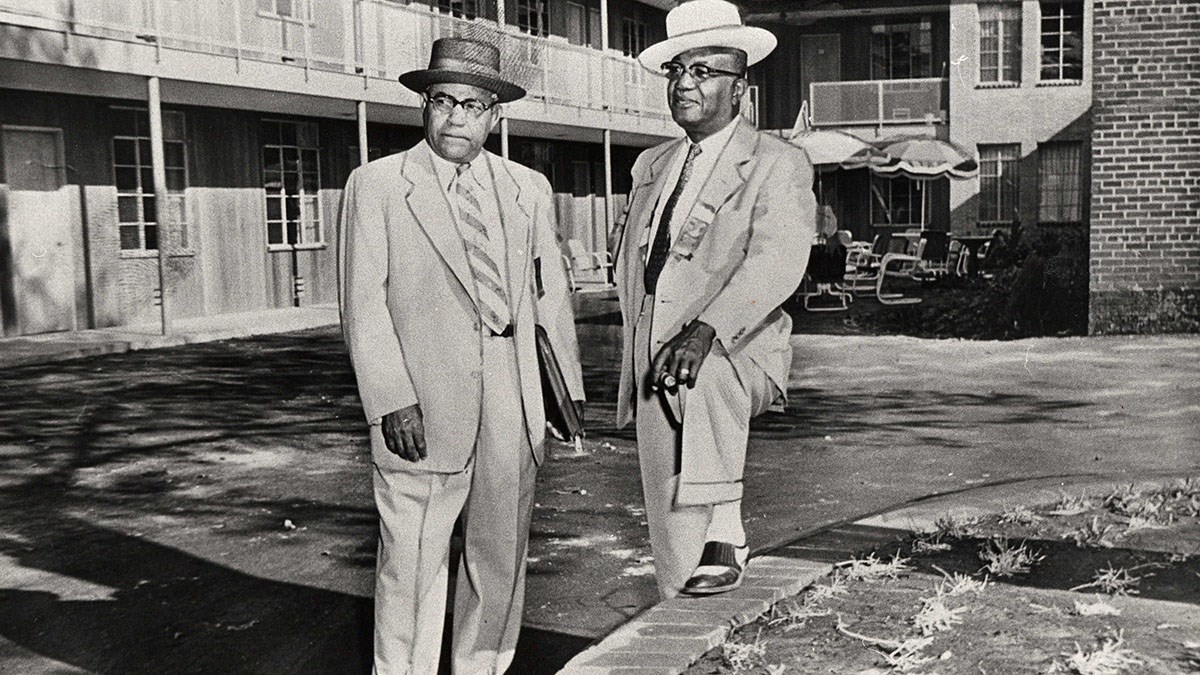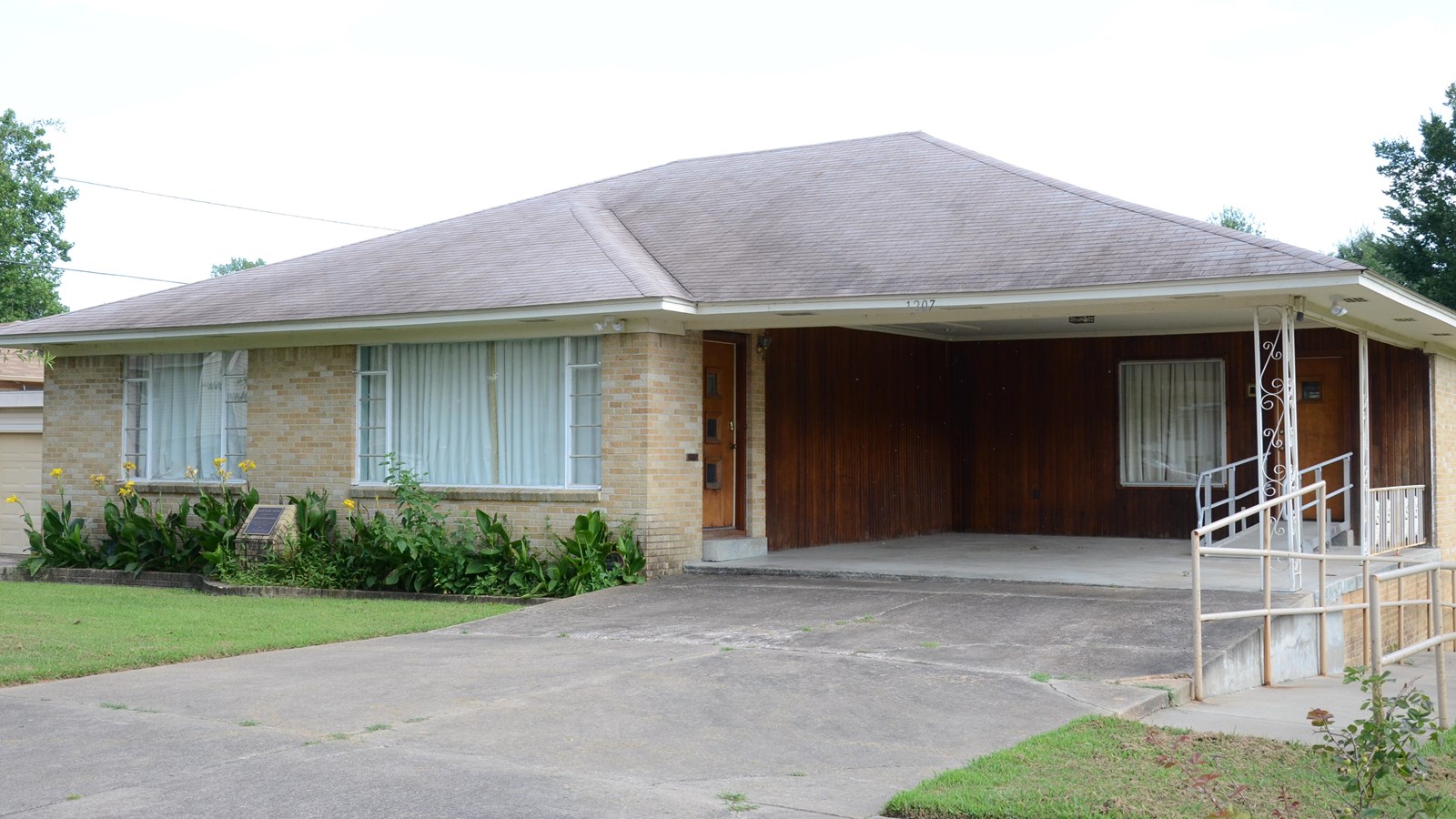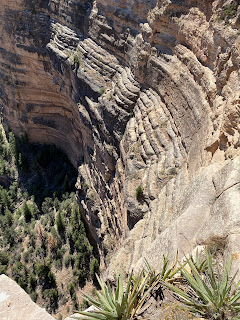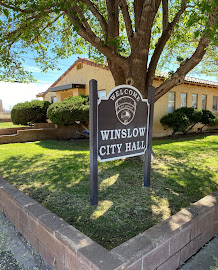May 7, 2021
Amarillo, TX to Little Rock, AR
Miles Today: 613
Total miles: 2,781
Gas in OK: $2.79
Roadkill: Two armadillos, one (possibly two) tortoises, one deer*Happy Throwback Thursday
This is the famed Cadillac Ranch, in the freakishly flat and windy wilds of Amarillo, TX. I happened to notice on the map that it was close to the hotel I stayed in so I decided to head over before gassing up for Arkansas on May 7--yes I've got blog posts stacking up.
Why is it?
Why indeed. It is allegedly an 'art installation', which in America means that of course there will be some shopping available on site. In this case, it's cans of spray paint. Now, in many cities you can't buy spray paint if you're a minor. Why? Because you might make something look better---------------------->
But seriously, I had some thoughts about this whole enterprise when I saw it. So I suppose that means it is art, since it 'evoked' something in me. Anyone who knows me knows that it's hard for something to NOT evoke something in me. I was disappointed that the cars are no longer recognizable as cadillacs. At some future point, they may not even look like cars anymore.
If you think about it, though, when you half-bury about twelve cars by the side of the road, you might expect that something will happen to them if you won't or can't protect it. In that case, you may as well just give in to the inevitable and even sanction it by setting up a spray paint point of sale.
I think there's something healthy about crowd-sourced art like this because there are so many activities that used tp be normal, everyday pursuits that have now become things that we watch, not things that we do. We all have the ability to sing, dance, and do art. I could even learn to make a basket (like, I mean dunk one, not weave one. I have woven one) if I practice. I am learning to dance. I will not be good at it, but it is not an undoable thing. Many of us think singing, dancing, acting, playing sports, and art are for artists, singers, dancers, etc. But those things are for everyone. Those of you who live in vegan group homes know what I'm talking about.
_-_1.JPG)
My favorite piece of crowd-sourced art is Seattle's gum wall. It is as gross as you want to believe it is. I think it's lovely. It is created by the artist's own teeth and hands, using their very saliva. So personal. Think about what the artist puts into this creation beyond just that: color of the gum, its placement on the wall, and even the shape the artist pressures it to take.
The gum wall is big. There's plenty to assess when you contribute, and each artist does it differently. It's a form of control; you can leave your mark for others to see. It also feels a bit naughty because you're not supposed to stick your gum on the wall AND gum is gross! It's been in your mouth!
The gum wall is control and surrender at the same time. Once your damp nugget has been placed, it's up to the fates whether it will remain visible or remain there at all. Will someone cover it up? Maybe. And every couple of decades, they clean that wall (I mean, remove the installation).
There is a form of art called 'social painting', and no, it doesn't involve wine. This is something that I've done when I was in the Waldorf crowd. I liked it so much, I brought it to the Montessori crowd later. It's done with a group of at least six people and uses wet on wet watercolor. There is a paper for each participant, and the leader of the session will give instructions--you may be doing a landscape, or just painting colors onto the paper. You start on your own paper, and then when the leader says it's time, you rotate to your neighbor's painting.
What's that? You have feelings about someone painting on your painting? Interesting. Well, wait until six or twenty people do it. This form of art tells us a lot about ourselves and how we work with or steamroll over others. If you can do this exercise and notice what comes up as you do it, you can learn quite a bit about yourself and about what your find hard when working with others, when sharing. Are you trying to stand out or blend in? Do you think you need to improve everyone's work? Do you just make small marks around the margin?
After all this talk about how much I love group art, why was I so mad when I saw how shitty these cars looked? Maybe because I was looking at the whole mess, instead of looking more closely at what people had done. Where were the beautiful details? You had to get closer. It did just look like a big mess if you tried to take it all in as a whole. The shape of the cars is all you could really get with a wide view.
That's really the story of this trip. I've seen the whole mess of racism, the sham of rights, of equality. When you look at the whole it's a mess. But if I go closer and look at the details, I will get information about what works and what doesn't. From a policy perspective, these are the stories of impact that policy makers don't learn (#notallpolicymakers). You have to read The Color of Law to know just some of what's wrong with planning, zoning, and banking practices. You have to read The New Jim Crow to understand why our criminal legal system doesn't work and how it is racist. When you study the problems and solutions, you can pick up your paintbrush, gum, or paint can and get to work making group art. Find one place to beautify. Watch how you work. Check with others about your impact. But study. And then work.
In the above picture, I have unwittingly added to the art installation by matching the tire exactly. Sometimes things work out even if you're a hack.
*This is not a complete list of all roadkill between Amarillo and Little Rock; it is only roadkill that I noticed.






















/arc-anglerfish-arc2-prod-sltrib.s3.amazonaws.com/public/OM6JIQAWMBBFPE22YZMOTXWZAQ.jpg)















